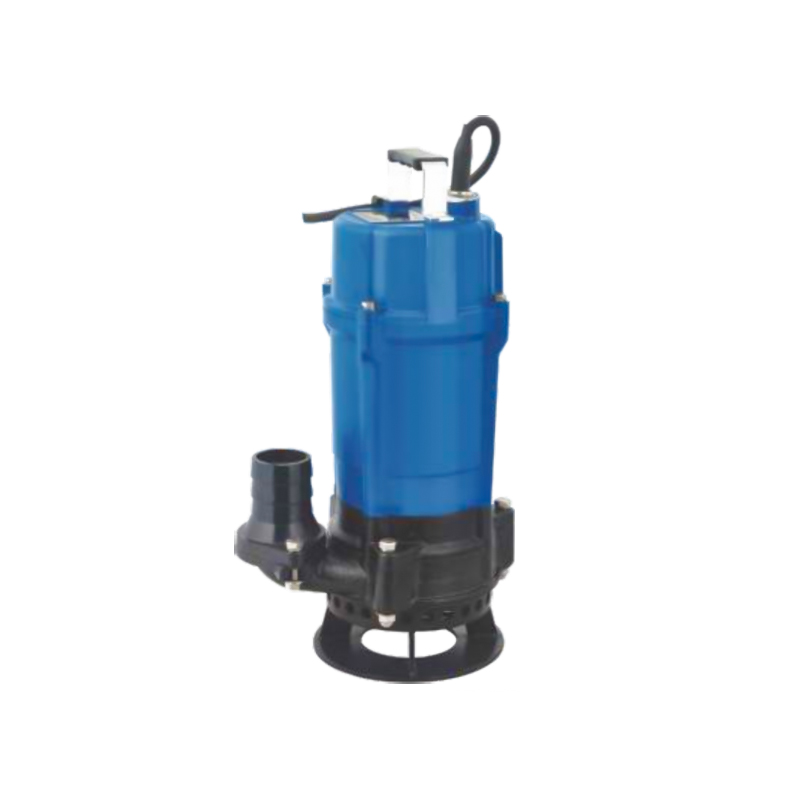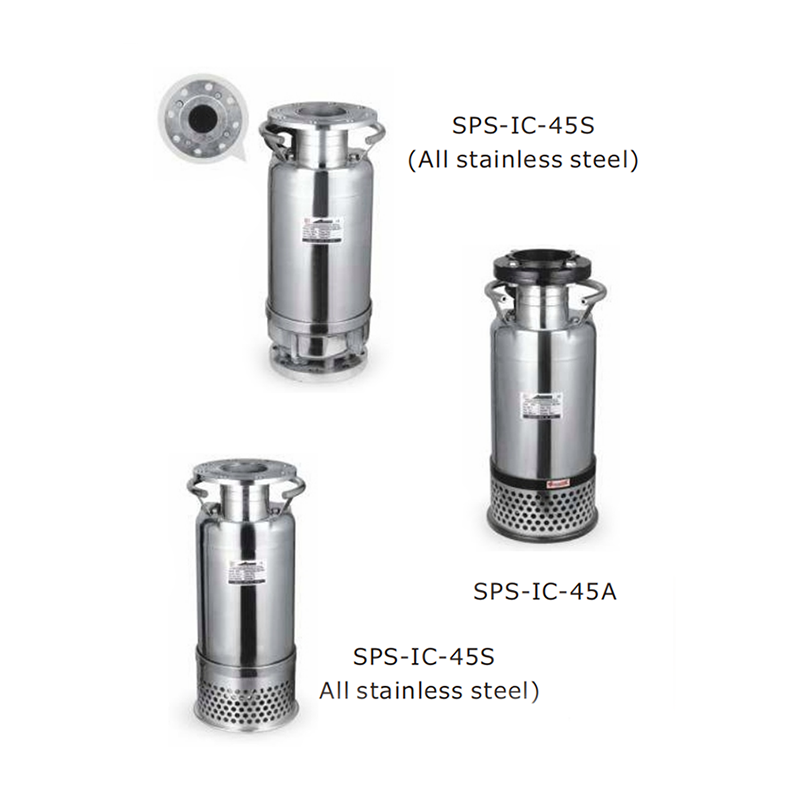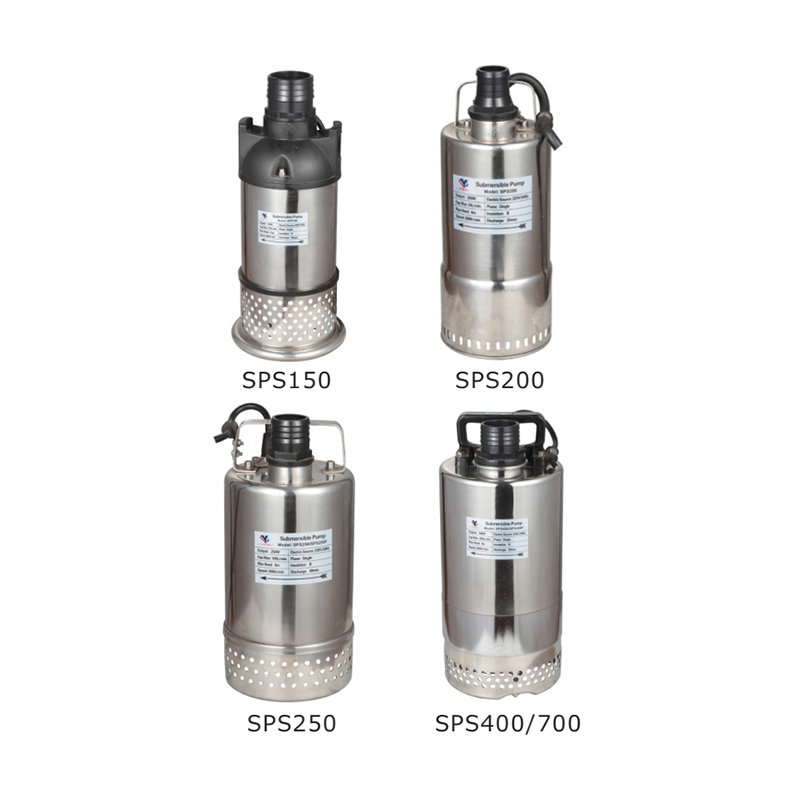In the realm of wastewater management, the role of submersible sewage pumps cannot be overstated. These pumps are designed to handle the challenging task of moving sewage and wastewater efficiently and reliably. As urbanization continues to grow and the demand for effective wastewater management increases, submersible sewage pumps have become an indispensable tool in maintaining clean and healthy environments.

Submersible sewage pumps offer several key features
Efficiency: These pumps are designed to handle large volumes of wastewater efficiently, ensuring that sewage is moved quickly and effectively. This efficiency is crucial in preventing backups and overflows, which can cause environmental and health hazards.
Durability: Constructed from high-quality materials, submersible sewage pumps are built to withstand the corrosive nature of wastewater and the presence of solid waste. This durability ensures a long service life, reducing the need for frequent replacements.
Ease of Installation: Their compact design and lightweight construction make submersible sewage pumps easy to install and maintain. They can be easily integrated into existing wastewater systems, making them a practical solution for both new installations and upgrades.
Automatic Operation: Many submersible sewage pumps come equipped with float switches that allow for automatic operation. This feature ensures that the pump starts and stops as needed, reducing the need for constant monitoring and manual intervention.
Challenges and Limitations
Despite their numerous advantages, submersible sewage pumps also come with some challenges and limitations
Maintenance Requirements: Regular maintenance is crucial to ensure the ideal performance and longevity of these pumps. This includes cleaning the pump to remove debris and checking for wear and tear. Neglecting maintenance can cause pump failure and costly repairs.
Clogging Risks: While submersible sewage pumps are designed to handle solid waste, they can still become clogged if large or fibrous materials enter the system. This can cause reduced efficiency and potential pump damage.
Environmental Impact: The operation of submersible sewage pumps requires energy, contributing to their overall environmental footprint. Additionally, improper maintenance can cause leaks and spills, which can have negative environmental impacts.
Applications in Various Industries
Municipal Sewage Systems: Submersible sewage pumps are a cornerstone of municipal wastewater management. They are used in sewage treatment plants and lift stations to move wastewater through the treatment process. Their ability to handle large volumes of sewage ensures that municipal systems can operate efficiently, even during peak usage times.
Industrial Wastewater Treatment: In industrial settings, these pumps are used to handle wastewater from manufacturing processes, food processing plants, and other industrial operations. They are designed to withstand the harsh conditions and contaminants found in industrial wastewater, ensuring reliable and efficient operation.
Commercial Buildings: Submersible sewage pumps are also used in commercial buildings, such as hotels, restaurants, and office complexes, to manage wastewater from bathrooms and kitchens. Their compact size and efficient operation make them suitable for these applications, ensuring that wastewater is handled effectively and safely.
Conclusion
Submersible sewage pumps are a vital component in modern wastewater management, offering efficient and reliable solutions for handling sewage and wastewater. Their durability, ease of installation, and automatic operation make them ideal for a wide range of applications, from municipal sewage systems to industrial and commercial settings.



 English
English русский
русский عربى
عربى







